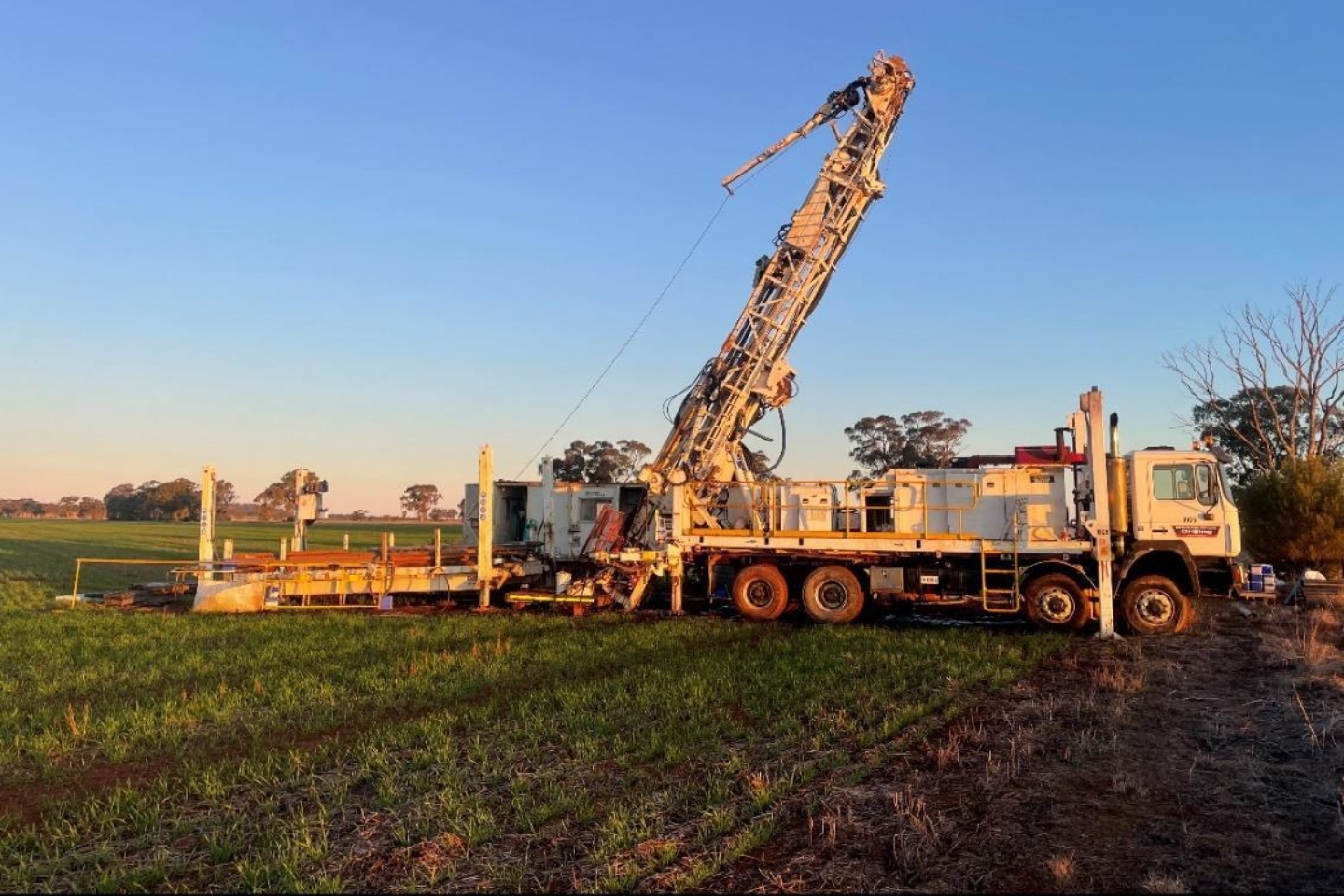Larvotto Resources is ready to roar into a highly-anticipated drilling campaign at its wholly-owned Hillgrove gold-antimony project in New South Wales after securing the required drill permits to launch the work. The company has designed the program to test a significant geochemical anomaly south of its Clarks Gully deposit and will conduct infill drilling with 20m spacing to enhance its confidence in the resource.

Larvotto Resources is ready to roar into a highly-anticipated drilling campaign at its wholly-owned Hillgrove gold-antimony project in New South Wales after securing the required drill permits to launch the work.
The company says it has designed the program to test a significant geochemical anomaly south of its Clarks Gully deposit and will conduct infill drilling with 20m spacing to enhance its confidence in the resource. It follows management’s successful $5 million equity raising in June from institutional funds and sophisticated investors, together with $1 million raised from existing shareholders.
Since revealing details of the drilling program at the beginning of last month, Larvotto has faced delays due to sluggish permit approvals from the NSW Government. The slow progress may well have been attributed, in part, to lower productivity as a result of the ongoing work-from-home (WFH) arrangements for government employees in that State in the continued fallout from the global coronavirus pandemic.
However, a potential breakthrough came a fortnight ago when a memo from Premier Chris Minn's office instructed government employees to return primarily to their on-site workplaces, signalling a shift away from the WFH model. The change may have helped fast-track the long-awaited permits that now allow Larvotto to move forward with its exploration activities at Hillgrove without further delays.
The Clarks Gully deposit, known for its steep-dipping zone, contains a measured and indicated mineral resource of 266,000 tonnes grading at 3.8 per cent antimony and 2 grams per tonne gold for 10.6 g/t gold equivalent. The deposit, which extends from the surface to a depth of 200m, remains open in all directions, particularly at depth, signalling the potential for further resource expansion.
The new drilling program is designed to extend the strike and depth of the mineralised zone and to conduct infill drilling with 20m spacing, thereby increasing management’s confidence in the resource ahead of reserve studies. In addition to Clarks Gully, the program will include drilling a big, untested geochemical anomaly directly south of the deposit and the company then intends to do more diamond drilling at Bakers Creek to target the high-grade gold zone that threw out some exceptional intersections when first reported in May.
A recent prefeasibility study (PFS) conducted by Larvotto concluded that the Hillgrove project, with a modest $73 million in capital expenditure, will be capable of producing 41,000 ounces of gold and 5400 tonnes of antimony per annum during a seven-year mine life, for an EBITDA of $93 million annually and a payback period of two years.
However, the price assumptions used in the PFS of US$2000 (AU$3100) an ounce of gold and US$15,000 (AU$23,100) per tonne of antimony have since possibly proved far too conservative. With the gold price now surpassing US$2500 (AU$3850) and antimony up 60 per cent to US$23,700, (AU$36,450) – primarily due to China’s recent decision to impose an export ban on the mineral – the current prices are so strong that, were they to be maintained, the mine would be able to produce the 41,000 of gold for free, or possibly even have extra money left over from antimony sales.
googletag.cmd.push(function() { googletag.display('bn-dfp-article-lb2-advert'); });Additionally, a recent announcement by ASX-listed gold and antimony producer, Nagambie Resources, has backed up Larvotto’s observations, citing a 45 per cent increase in its gold equivalent resource from an earlier reported maiden resource estimate, directly as a result of its sensitivity to antimony.
The Hillgrove project – one of the top global antimony deposits and Australia’s biggest – covers a total of 254 square kilometres and hosts a defined mineral resource of 1.4 million ounces at 6.1g/t gold equivalent. Historically, the field has produced more than 750,000 ounces of gold and 40,000 tonnes of antimony.
Larvotto’s drilling efforts at Hillgrove could prove pivotal for company as it vies to become a significant producer of both gold and antimony – two critical minerals with growing demand due to their use in technologies such as solar panels. With a booming price for both commodities, it is little wonder Larvotto’s share price continues to hit new highs, up more than 200 per cent today since last Thursday’s close of just 12.5c and on huge turnover. Interestingly, Nagambie Resources’ share price is also up 80 per cent over the same period.
Is your ASX-listed company doing something interesting? Contact: matt.birney@businessnews.com.au














